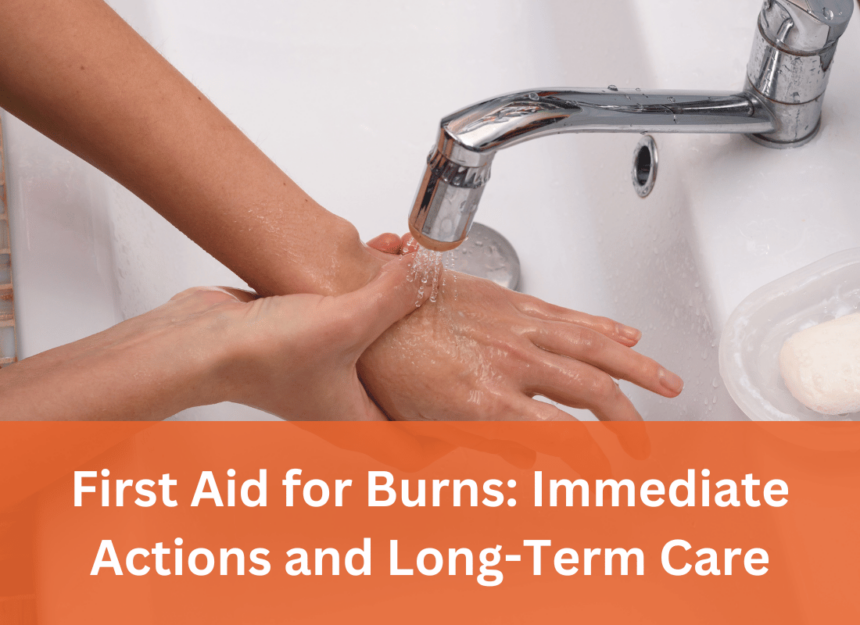First Aid for Burns: Immediate Actions and Long-Term Care

In my more than 33 years of firefighting experience, I’ve seen countless burns and injuries related to fires. Each one of those incidents reinforced the value of having adequate knowledge on how to handle burns, from minor kitchen mishaps to more severe situations.
First aid can be a potential life-saver in these situations, but it’s vital to understand how to do it properly. This blog aims to provide you with immediate actions you can take and long-term care strategies for burns.
Additionally, I highly recommend a product that I’ve personally seen make a difference on the field: the Burn Free Burn Gel. But more on that later.
Initial Steps for Treating Burns
- Assess the Situation: The first and most critical step in administering first aid is assessing the situation to ensure you’re not putting yourself or the injured person at greater risk. Check for any immediate dangers, such as active fires, electrical hazards, or chemical exposure.
- Evaluate the Burn: After ensuring safety, your next step is to evaluate the burn. There are three degrees of burns:
- First Degree Burn: Surface-level burn affecting the outer layer of the skin, causing redness and pain.
- Second Degree Burn: Deeper burn, causing blisters and severe pain.
- Third Degree Burn: The most severe type, damaging all skin layers, possibly affecting muscles and bones.
- Call for Help: If you’re dealing with a second or third-degree burn, call 9-1-1 immediately. These types of burns are serious and require professional medical attention.
- Cool the Burn: For first-degree and some second-degree burns, cool the area gently with cool (not cold) running water for about 10-15 minutes. This helps stop the burn progression by removing the heat from tissue, minimizes pain, and reduces swelling.
- Apply Burn Gel: If water is not available or you have burn gel, apply a generous amount of the Burn Free Burn Gel to the burn. This gel is specially formulated to draw the heat out of the burn and soothe the pain. It also helps prevent infection by providing a protective barrier over the skin.
- Please watch the video for more information on what not to do.
Long-Term Care
Once the immediate care is done, you’ll need to think about long-term care, especially for more severe burns.
- Keep the Area Clean: It’s crucial to keep the burn area clean to prevent infection. Clean the area gently with mild soap and water daily.
- Use Moisturizer: Once the burn starts to heal, you might notice that the skin becomes dry and itchy. A hypoallergenic moisturizer can help keep the skin hydrated.
- Protect from Sunlight: Newly healed skin can be sensitive to sunlight. Protect it with clothing or a high-SPF sunscreen to prevent damage.
- Professional Help: For second and third-degree burns, ongoing professional medical care will likely be necessary. Follow all directions from healthcare professionals.
Having a good understanding of first aid for burns is a crucial skill that could potentially save lives. I highly recommend taking a course to equip yourself with these necessary skills, you can check out our free first aid training here. Remember, preparation is the key to safety, and knowledge is the first line of defense in any emergency situation. Take care and stay safe!



Comments are closed.